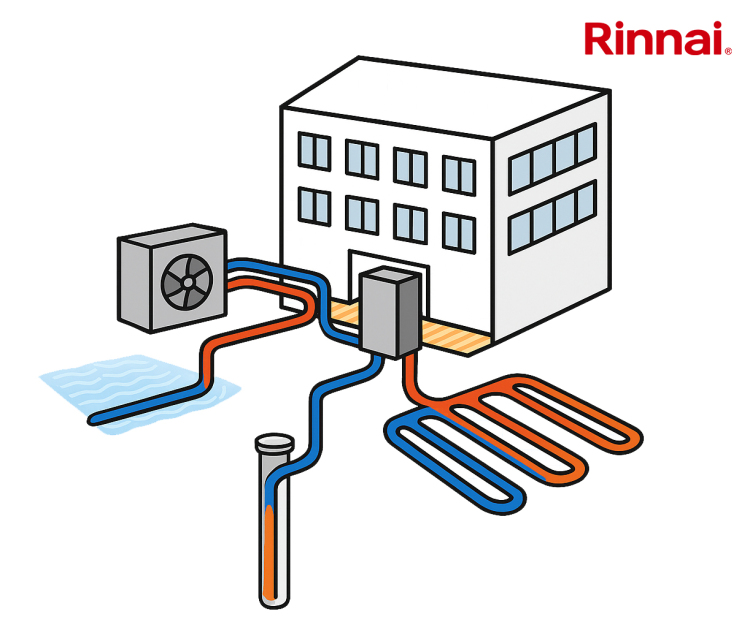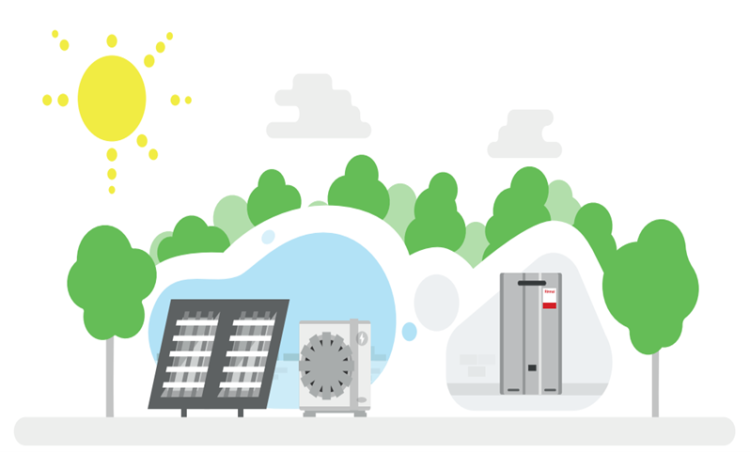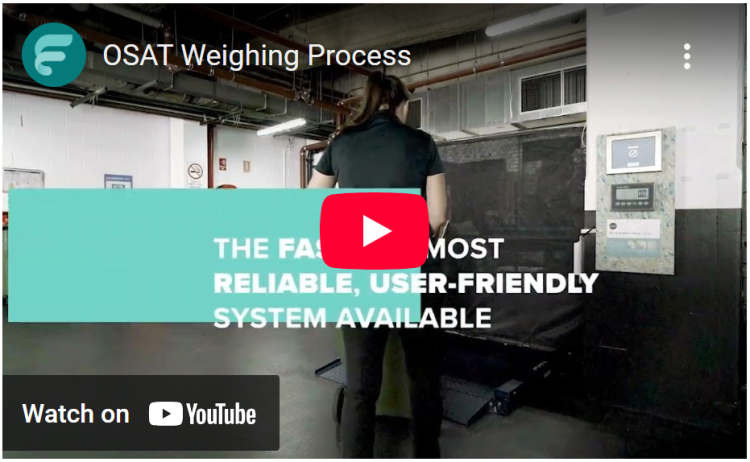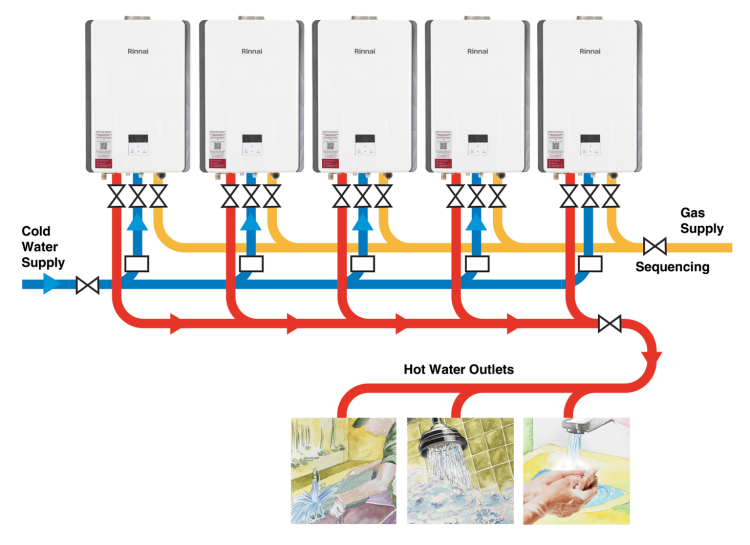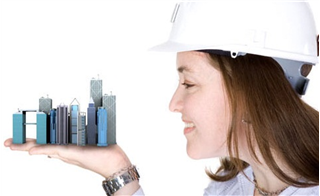05 April 2019
Lloyd Coldrick highlights the Top 10 workplace design trends for offices that we've seen in 2019 - and what's on the way until we hit the roaring twenties.
The modern office is evolving faster than ever as new design trends continually find themselves splashed across workplaces up and down the country.
Offices have transformed from stuffy, dim, boxed-off cubicle-style layouts to thriving hubs where collaboration is buzzing against a backdrop of the most trendy and functional interior designs.
Biophilic designs are ever-present and a revert back to industrial ‘bare bone’ materials continue to prove popular designs, while a rise in spaces that promote the wellbeing of the office user shows no signs of slowing.
2019 has so far been no different. If anything it has taken those design trends and moved into another gear.
So what's trending?
Living walls
The trend for leafy living walls continues to rise. They are particularly loved by green fingered urbanites and are a clever way of bringing the outdoors into the office environment.
Continued push for spaces that promote mental and physical well-being
Modern office designs are adapting to reflect the importance of employees’ health and happiness. Research shows that people with higher levels of well-being are more resistant to ill health, both physically and mentally.
Ergonomics is back
Ergonomic office furniture never really went away but people stopped talking about it. Now with the focus on well-being, buyers are revisiting furniture designed to stimulate a greater focus in perception, memory, reasoning and motor response.
Ergonomic chairs reduce stress on the spine, neck and hips by keeping the user upright; ergonomic keyboards increase typing speeds by reducing repetitive reaching and stretching; and pivotal monitors allow employees to focus on their screens for longer periods of time, by reducing eye strains and headaches.
Relaxation/recreational breakout areas
With millennials predicted to make up half of the workforce by next year, new office design trends are emerging. Office relaxation spaces where employees can unwind away from their working schedules is steadily gaining traction, as the lines between work/life balance become more blurred.
A versatile office environment
Nowadays, dynamic and agile spaces should be highly interactive and not be hampered by any physical or ergonomic constraints.
Re-arranged furniture can have a substantial positive impact on the output of employees. For instance, if furniture is comfortable and organic, employees will be able to work with minimal restrictions, and therefore be more productive.
Big rise in flexible working and co-working spaces
Although co-working spaces have been around for many years, it is only recently that they have come into the spotlight, mainly due to more providers entering the market to meet the needs of an increasingly fluid workforce.
The shift away from more traditional office spaces has aided the rising popularity of collaborative working environments.
More so than ever, co-working providers are seeking to create ‘a destination workplace’ - a space where people want to work.
Private workstations
Despite 2019 seeing a continued rise in flexible workplace layouts, there’s still a compelling reason not to drop private workstations in offices altogether.
While most businesses dislike the traditional dividers and booths of yesteryear, semi-Breakout Areasenclosed settings are still proving popular as they let employees work with as little distraction as possible without being completely closed off from the rest of the office.
Increase in privacy storage
The recent enforcement of General Data Protection Regulation ( Workstations ) has altered the way in which employers store and secure sensitive data.
We can’t keep sensitive information visible on desks and computers in fear it could fall into the wrong hands. Safely securing data in appropriate storage such as folders and filing cabinets/drawers is crucial for all businesses in 2019.
Storage
Defurbishment or ‘defurb’ is the process whereby buildings have been altered to expose the bare bones of their structure, including beams and brick or stone walls.
Incorporating natural materials such as wood, slate and even water features encourages a natural, eco-friendlier feel. This style can be particularly effective in helping to attract a younger demographic in both new staff and clients.
Nowadays, people also want to know what goes into the products they use. Office furniture is no different. Using durable, honest materials that have been reclaimed or upcycled is a great way to demonstrate a business’s sustainable and environmental values, while creating an attractive brand identity that staff and customers/clients can buy into.
Human-centric designs
Human-centric design gives designers a deeper understanding of creating living spaces that are more humanistic, holistic and solve problems for people.
In a way, the challenge of the human-centric design is even greater than a purely aesthetic approach because designers must consider the user’s needs, aesthetic appeal and user friendliness into their vision.
Mixing aesthetics into a human-centric design to create a unified whole with minimal artistic and ergonomic sacrifices is the ultimate challenge. The design sends a message that the employees are of the utmost importance.
Winning
Overall, just like the pantone of the year - living coral, offices are increasingly getting bolder and more striking by adopting multifunctional designs that provide benefits to both the business and user.
Ultimately, we’re getting smarter in how we can merge varying designs to create a space that is aesthetically pleasing, health promoting, planet saving and profit boosting - all while having a degree of flexibility to ensure an inclusive space for all.
There’s no doubt the office of 2020 will bring new and pioneering design trends. For now, the office of 2019 is leading the way in creating a working environment that allows the business, the environment and the staff to win.
Picture: The article author.
Article written by Lloyd Coldrick, MD of Cobus | Published 05 April 2019
Share
Related Articles
Mental Health Conditions Remain Primary Driver of Work-Related Illness
The Health and Safety Executive has published its annual statistics on work-related ill health and workplace injuries for 2024/25.
Mental health conditions remain the...
Read Full Article
BSI Publishes UK’s First Workplace Suicide Risk Standard
New guidance to help employers support people affected by suicide and those with thoughts of suicide in the workplace has been published by The British Standards...
Read Full Article
TradeHive Launches Trial to Connect Construction Workers with Mental Health Support
A new digital learning and wellbeing platform to connect construction workers with tailored mental health support will be piloted over the next year.
Two construction...
Read Full Article
The Chartered Institute of Building Launches 3rd Phase of Mental Health Research
A landmark survey into the mental health issues facing those working in construction and the built environment has launched.
The Chartered Institute of...
Read Full Article
Mental Health Workshop Series Available for Security Sector Professionals
A charity that works with armed forces' veterans is now offering a series of trauma awareness training for security employers.
In conjunction with Assist Security...
Read Full Article
Succession Actor Brian Cox Lends Voice to Desk Break Mental Health Campaign
Actor Brian Cox has joined the campaign to raise awareness that continuous desk work negatively affects stress levels.
A global report exploring the impact of daily...
Read Full Article
First Response Group Joins Security Consortium for the Prevention of Suicide
To mark World Suicide Prevention Day, security services provider First Response Group has joined the Security Consortium for the Prevention of...
Read Full Article
Ashleigh Corbett Appointed as CBRE’s Head of Flex in Scotland
CBRE has appointed a new Head of Flex to lead its flexible office solutions offering in Scotland.
The demand for flexible workspace continues to grow in Scotland, but...
Read Full Article
Government Proposes ‘Right to Switch Off’
The government is proposing to consult on the “right to switch off” for employees.
This would give employees the right to digitally disconnect from...
Read Full Article
East London NHS Trust Wins ‘Estates and Facilities Team of the Year’ Award
The facilities team at the East London NHS Foundation Trust has won a prestigious “Design in Mental Health” Award.
The estates team was shortlisted in a...
Read Full Article

.gif)
.gif)


.gif)

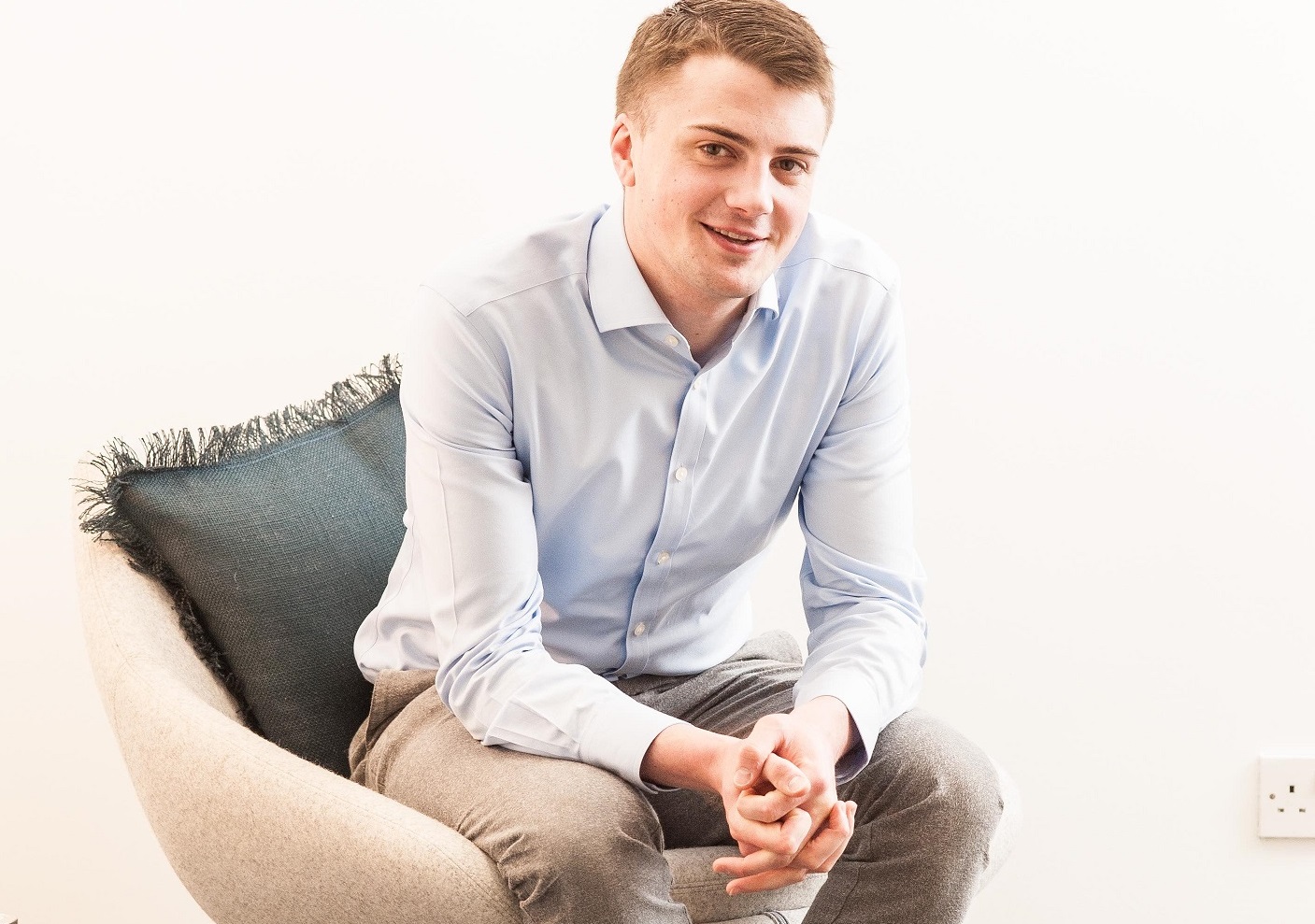
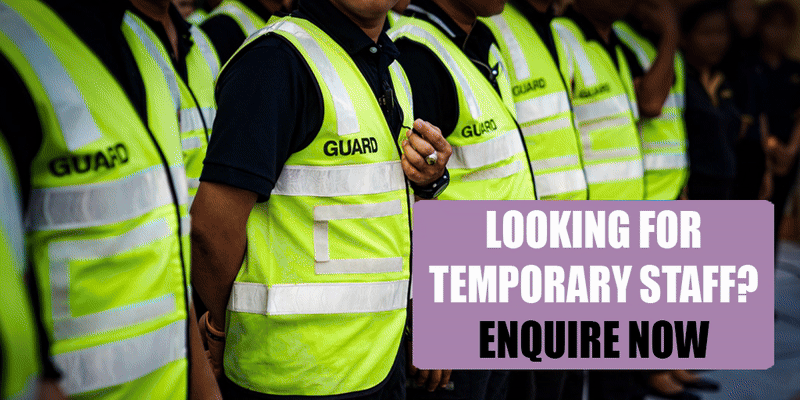
.png)

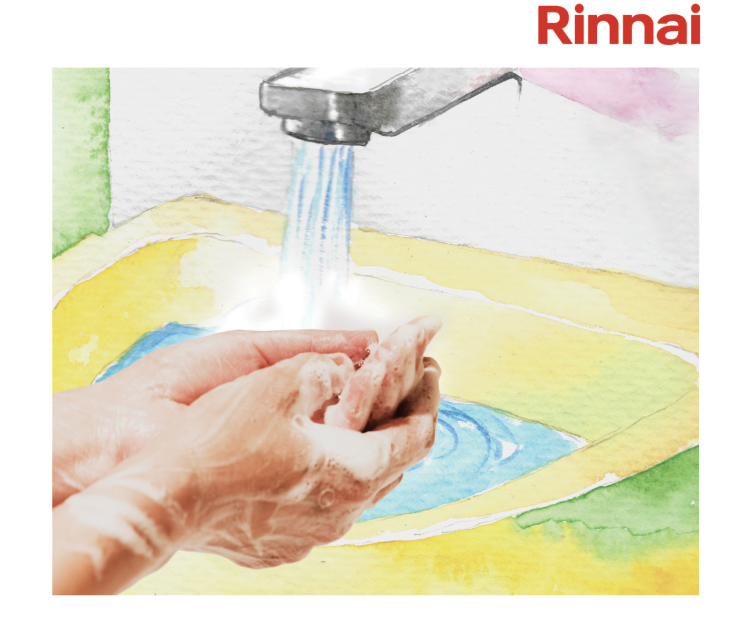
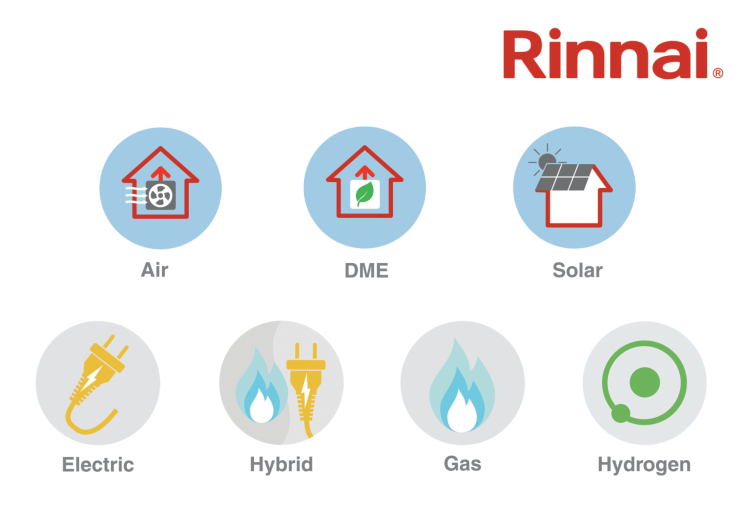
.png)
